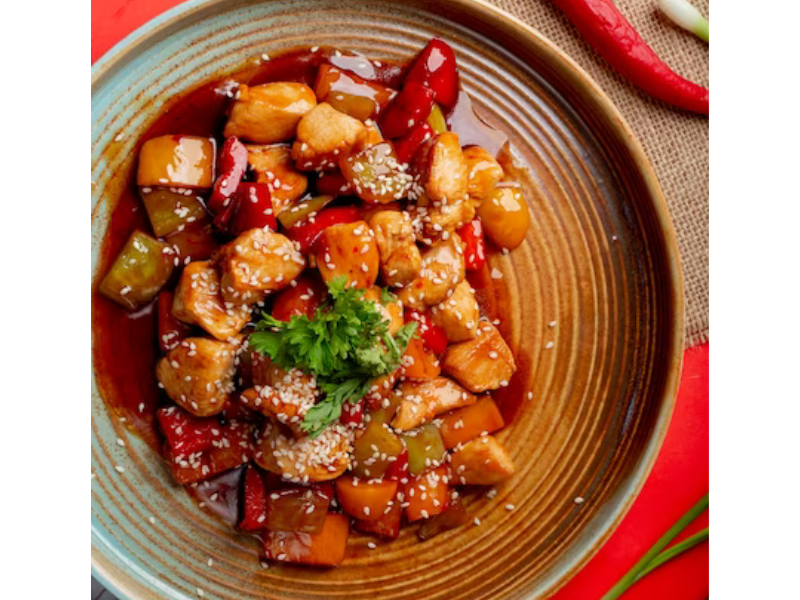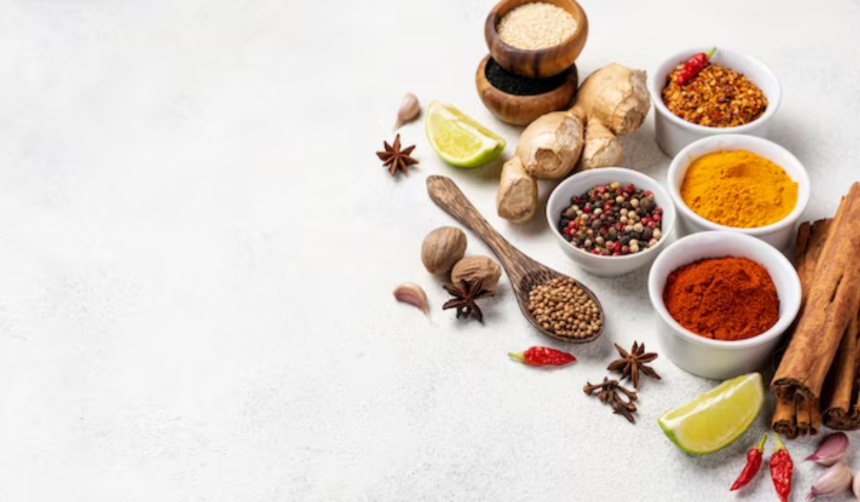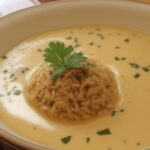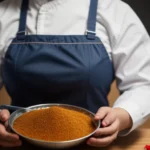Spice Up Your Life with Szechuan: A Guide to Authentic Chinese Spices
Spices have always played an important role in Chinese cuisine, adding depth, flavor, and complexity to dishes. One of the most popular and beloved Chinese spices is Szechuan, known for its tongue-numbing spiciness and distinctive flavor profile. In this guide, we will explore the world of Szechuan spices, their origins, uses, and how to incorporate them into your cooking to create authentic and delicious Chinese dishes.
1. What is Szechuan Spice?
Szechuan spice comes from the Szechuan peppercorn, an aromatic and citrusy spice that is native to the Szechuan region of China. Unlike traditional peppercorns, Szechuan peppercorns do not actually belong to the pepper family, but rather to the citrus family. When crushed or ground, Szechuan peppercorns release a numbing, tingling sensation on the tongue that is characteristic of Szechuan cuisine.
2. History of Szechuan Spice
Szechuan peppercorns have been used in Chinese cooking for thousands of years, with records of their use dating back to the 3rd century A.D. It was during the Ming Dynasty (1368-1644) that Szechuan peppercorns gained widespread popularity and became a staple spice in the Szechuan region.
3. Flavor Profile of Szechuan Spice
Szechuan peppercorns have a unique flavor profile that is both spicy and numbing, with hints of citrus and floral notes. When combined with other spices and ingredients, Szechuan peppercorns add depth and complexity to dishes, making them a favorite among chefs and home cooks alike.
4. Types of Szechuan Spices
In addition to Szechuan peppercorns, there are several other spices commonly used in Szechuan cuisine, including dried red chilies, ginger, garlic, star anise, and cloves. These spices are often used in combination to create the signature flavor of Szechuan dishes.
5. Health Benefits of Szechuan Spice
Szechuan peppercorns are not only packed with flavor, but also have a number of health benefits. They are rich in antioxidants, which help to protect against inflammation and oxidative stress. Szechuan peppercorns are also believed to aid digestion and reduce bloating, making them a popular ingredient in Chinese cuisine.
6. How to Use Szechuan Spice
Szechuan spice can be used in a variety of ways in cooking, from marinades and rubs to stir-fries and soups. To release the full flavor of Szechuan peppercorns, it is best to toast them in a dry skillet before grinding or crushing them. Szechuan peppercorns can also be infused into oil or vinegar to add a unique flavor to dressings and sauces.
7. Popular Szechuan Dishes
Szechuan cuisine is known for its bold and spicy flavors, with dishes that range from fiery hotpots to tangy stir-fries. Some popular Szechuan dishes include Mapo Tofu, Kung Pao Chicken, and Szechuan Beef.

8. Szechuan Spice in International Cuisine
In recent years, Szechuan spice has gained popularity in international cuisine, with chefs around the world incorporating it into their dishes. From Szechuan-inspired tacos to Szechuan-infused cocktails, there are endless ways to experiment with this versatile spice.
9. Where to Buy Szechuan Spice
Szechuan peppercorns and other Szechuan spices can be purchased at Asian grocery stores, specialty spice shops, and online retailers. Look for high-quality, organic varieties to ensure the best flavor and potency.
10. Tips for Cooking with Szechuan Spice
When cooking with Szechuan spice, it is important to start with a small amount and adjust to taste, as the numbing effect can vary from person to person. Remember that a little goes a long way, so use sparingly to avoid overpowering your dishes.
11. Pairing Szechuan Spice with Other Ingredients
Szechuan spice pairs well with a wide range of ingredients, including meats, seafood, tofu, and vegetables. Experiment with different flavor combinations to create your own Szechuan-inspired dishes.
12. Szechuan Spice in Traditional Chinese Medicine
In addition to its culinary uses, Szechuan peppercorns are also used in traditional Chinese medicine to treat a variety of ailments, including digestive issues, headaches, and colds. They are believed to have warming and invigorating properties that help to balance the body’s energy.
13. Szechuan Spice in Street Food Culture
Szechuan spice is a common ingredient in Chinese street food, where it is used to add heat and flavor to dishes like skewers, noodles, and dumplings. If you ever find yourself in China, be sure to sample some authentic Szechuan street food for a taste of the local cuisine.
14. Celebrating Szechuan Spice
Whether you’re a seasoned chef or a home cook looking to spice up your meals, Szechuan spice is a versatile and flavorful ingredient that can take your dishes to the next level. Give it a try in your next cooking adventure and savor the bold and vibrant flavors of authentic Chinese cuisine.
15. Conclusion
In conclusion, Szechuan spice is a beloved ingredient in Chinese cuisine, known for its spicy, numbing flavor profile. By exploring the world of Szechuan spices, you can discover new and exciting ways to elevate your cooking and create authentic Chinese dishes that will delight and impress your family and friends. So why wait? Spice up your life with Szechuan and embark on a culinary adventure that will tantalize your taste buds and leave you craving more.
FAQs about “Spice Up Your Life with Szechuan: A Guide to Authentic Chinese Spices”
- What makes “Spice Up Your Life with Szechuan: A Guide to Authentic Chinese Spices” a must-read for cooking enthusiasts? This book offers a comprehensive guide to authentic Chinese spices, focusing on the vibrant and aromatic flavors of Szechuan cuisine, providing readers with the knowledge and techniques to incorporate these spices into their cooking.
- Which authentic Chinese spices and Szechuan dishes are featured in this guide? “Spice Up Your Life with Szechuan” features a wide range of authentic Chinese spices, including Szechuan peppercorns, star anise, dried chili peppers, ginger, and garlic, along with recipes for classic Szechuan dishes like Mapo tofu, Kung Pao chicken, and Szechuan hot pot.
- How does this book delve into the cultural and culinary heritage of Szechuan cuisine? This book delves into the cultural and culinary heritage of Szechuan cuisine by exploring the history, geography, and cultural influences that have shaped the flavors and ingredients of this regional Chinese cuisine, providing readers with a deeper understanding of its significance.
- Are specific cooking techniques and flavor profiles highlighted in this book to showcase the use of Szechuan spices? Yes, this book highlights specific cooking techniques, flavor profiles, and recipe ideas to showcase the use of Szechuan spices in traditional Chinese cooking, allowing readers to explore the bold and complex flavors of Szechuan cuisine.
- Can readers expect to find practical tips and recipes for incorporating Szechuan spices into their own cooking from this book? Absolutely! “Spice Up Your Life with Szechuan” provides practical tips, cooking techniques, and authentic recipes for readers to experiment with Szechuan spices in their own kitchens, allowing them to spice up their life with the bold and exciting flavors of Szechuan cuisine.
Advantages:
- Cultural Exploration: The title “Spice Up Your Life with Szechuan: A Guide to Authentic Chinese Spices” offers readers an opportunity to explore the unique and vibrant flavors of Szechuan cuisine, providing insight into the regional spices and culinary traditions of China.
- Educational Value: By positioning itself as a guide to authentic Chinese spices, the title suggests that readers will gain valuable knowledge about the types of spices used in Szechuan cooking, their flavors, and how they contribute to the overall taste of dishes.
- Culinary Inspiration: The title may inspire readers to experiment with Szechuan spices in their own cooking, fostering creativity and exploration in the kitchen as they incorporate new flavors and techniques into their recipes.
- Practicality: As a guide to authentic Chinese spices, the title serves a practical purpose for readers interested in cooking Szechuan dishes, providing them with information on where to source spices, how to use them, and how to achieve authentic flavors.
- Promotion of Cultural Understanding: By focusing on Szechuan spices and cuisine, the title promotes cultural understanding and appreciation, inviting readers to learn about the culinary heritage and traditions of the Szechuan region in China.
Disadvantages:
- Regional Focus: While the title emphasizes Szechuan spices, it may overlook other important regional spices used in Chinese cuisine, potentially limiting the scope of the guide and excluding spices from other regions of China.
- Cultural Misrepresentation: Focusing solely on Szechuan spices may perpetuate the stereotype of Chinese cuisine as exclusively spicy or centered around a particular flavor profile, potentially overlooking the diversity and complexity of Chinese culinary traditions.
- Audience Limitation: The title may primarily appeal to readers with a specific interest in Szechuan cuisine or Chinese spices, potentially excluding those who prefer other types of cuisine or are seeking a broader overview of global culinary traditions.
- Accessibility Issues: Some Szechuan spices may be difficult to find outside of China or specialty Asian markets, limiting the practicality of using them in cooking for readers in certain regions.
- Subjectivity: The interpretation of authentic Chinese spices may vary depending on individual tastes, preferences, and cultural backgrounds, leading to differing opinions on what constitutes authentic Szechuan flavors.
















